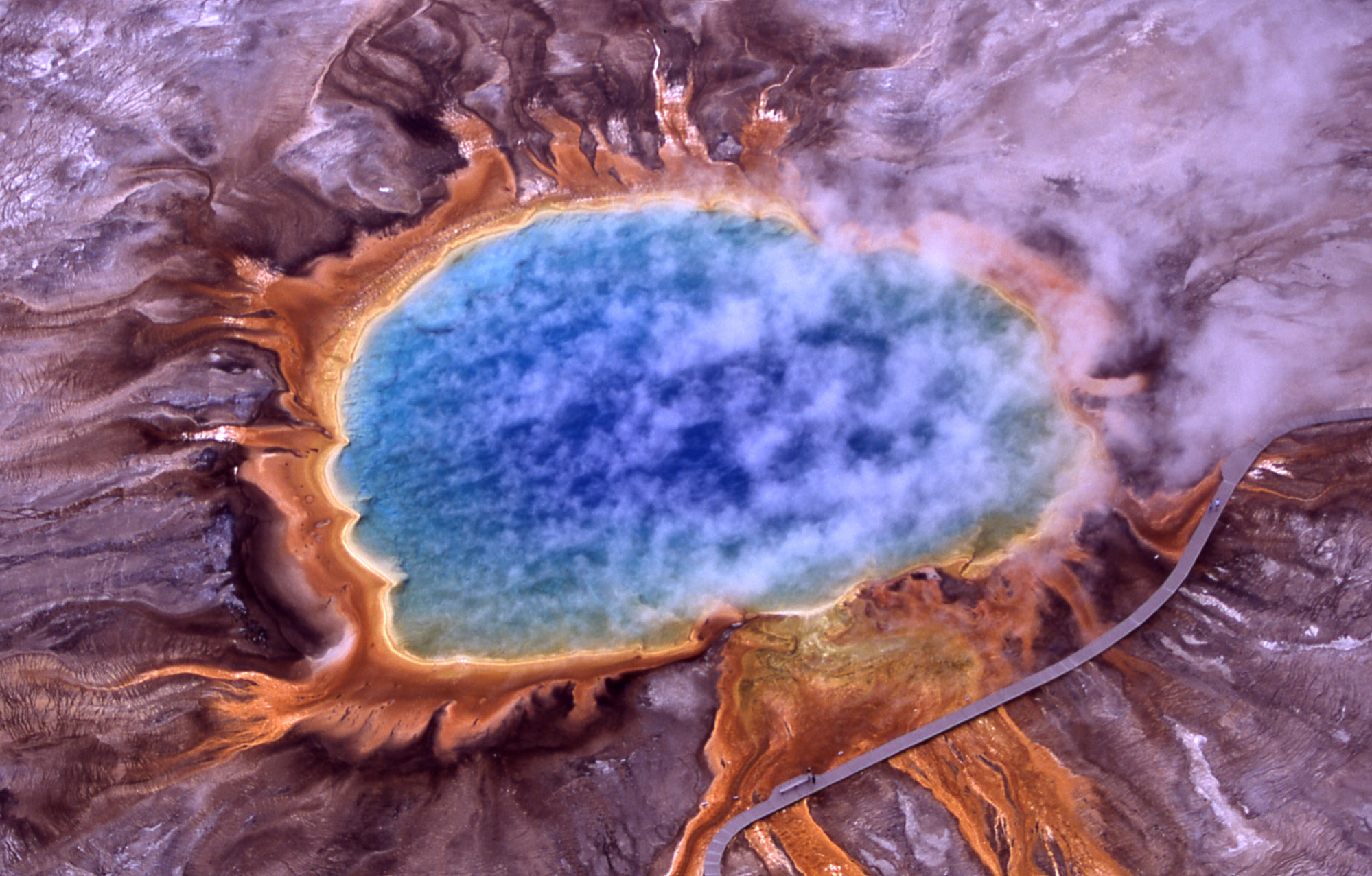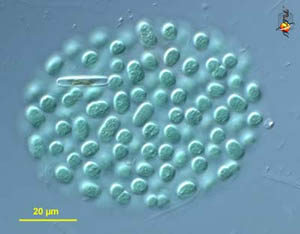A maelstrom is a particularly strong whirlpool. Where whirlpools are usually minor, a maelstrom is a much larger version. It is simply referred to as a free vortex, where any sort of fluid is pulled downward. Though commonly believed to be strong enough to pull in ships and other large objects, this is not the case. These strong whirlpools are created by strongly flowing currents and are usually found in very narrow straits. There are five incredibly strong whirlpools in the world, one of which is named the Old Sow and located in Maine.
This is an image of the Old Sow in Eastport Maine:
Sunday, March 27, 2011
The Tomato Diaries Pt. 2
Tomasina has gotten much larger since my last blog posts. She no longer stands up straight. Instead, she's beginning to curve near the top. The leaves on her are also much larger. They're slightly ruffled around the edges and droop slightly.
I realized that watering her every day is not good for her. Now, I give her water every 2-3 days. She is still currently in my window sill and is seemingly still getting adequate sunlight.
I realized that watering her every day is not good for her. Now, I give her water every 2-3 days. She is still currently in my window sill and is seemingly still getting adequate sunlight.
Thursday, March 3, 2011
Soils
There are twelve major soil types found on the Earth. The following is a link to descriptions of these soil types.
Twelve Soil Types
The following is a link to the Munsell Soil Chart.
Munsell Soil Chart
The following is a soil map of Georgia:
Twelve Soil Types
The following is a link to the Munsell Soil Chart.
Munsell Soil Chart
The following is a soil map of Georgia:
The following is a soil texture dichotomous key used to identity soils in the field.
This is an example of soil found in Georgia. Soil is mostly a clay composition
Tuesday, March 1, 2011
Extremophiles, Thermophiles, Acidophiles, Halophiles
Extremophiles are creatures that live in environments that are commonly detrimental to the Earth and almost all other organisms. These creatures may not only live in these environments, but they may actually require them.
The Grand Prismatic Spring, an environment for extremophiles:
Pompeii Worm: an extremophile
Thermophile: A form of extremophile that thrives in extremely intense temperatures. They are believed to be one of the most early bacteria.
Thermus Aquaticus: a termophile:
Themophile environment:
Acidophile: an organism that thrives in highly acidic conditions (usually at pH 2.0 or below)
The Grand Prismatic Spring, an environment for extremophiles:
Thermophile: A form of extremophile that thrives in extremely intense temperatures. They are believed to be one of the most early bacteria.
Thermus Aquaticus: a termophile:
Acidophile: an organism that thrives in highly acidic conditions (usually at pH 2.0 or below)
Thermoplasmatales
Acidophile Environment:
Halophiles: These organisms live in conditions that have incredibly high concentrations of salt. Some of the most well known Halophiles tend to give off a red color.
Aphanothece
Halophile Environment:
Geology Blog
Igneous Rocks:
These rocks are one of the three main rock types. They are formed through the cooling and solidification of lava. The following is an igneous rock called Obsidian.
These rocks are one of the three main rock types. They are formed through the cooling and solidification of lava. The following is an igneous rock called Obsidian.
Metamorphic Rock:
These rocks form from a change in a current rock type. The previous rock is exposed to heat and pressure causing the change. The following is a form of metamorphic rock called slate.
Sedimentary Rock:
These rocks form from a sedimentation of minerals and other soils and rocks. These may also form in bodies of water. The following is an example called sandstone.
Tomasina the Tomato Diaries
March 1st:
Tomasina is growing well. She sprouted around day 5, and she has grown steadily since then.
However, she is starting to bend. I'm not sure if it is because of her height or because she wants the sunlight. She is currently sitting on my window sill so that she may get as much light as possible.
Meet Tomasina:
Tomasina is growing well. She sprouted around day 5, and she has grown steadily since then.
However, she is starting to bend. I'm not sure if it is because of her height or because she wants the sunlight. She is currently sitting on my window sill so that she may get as much light as possible.
Meet Tomasina:
Subscribe to:
Posts (Atom)















